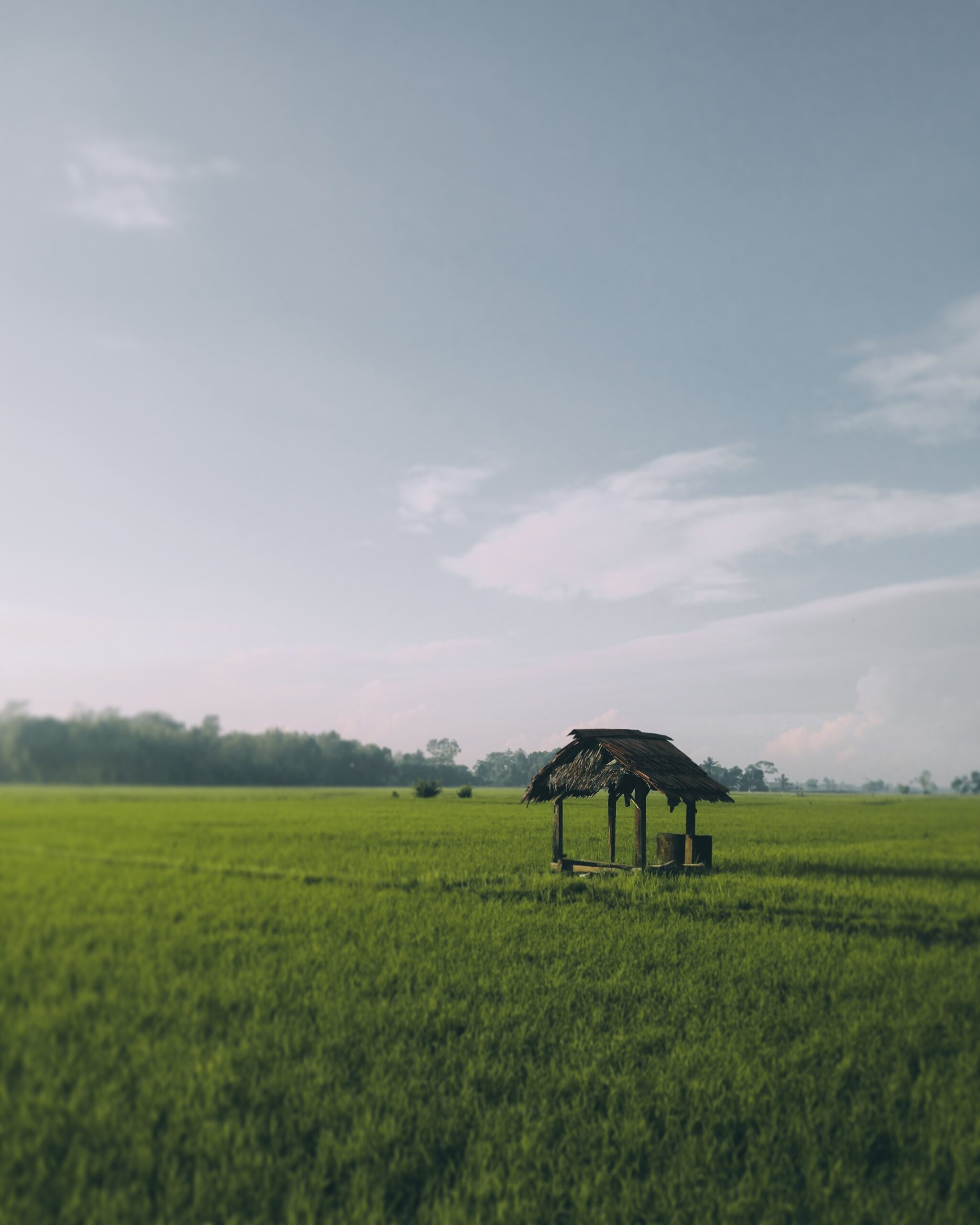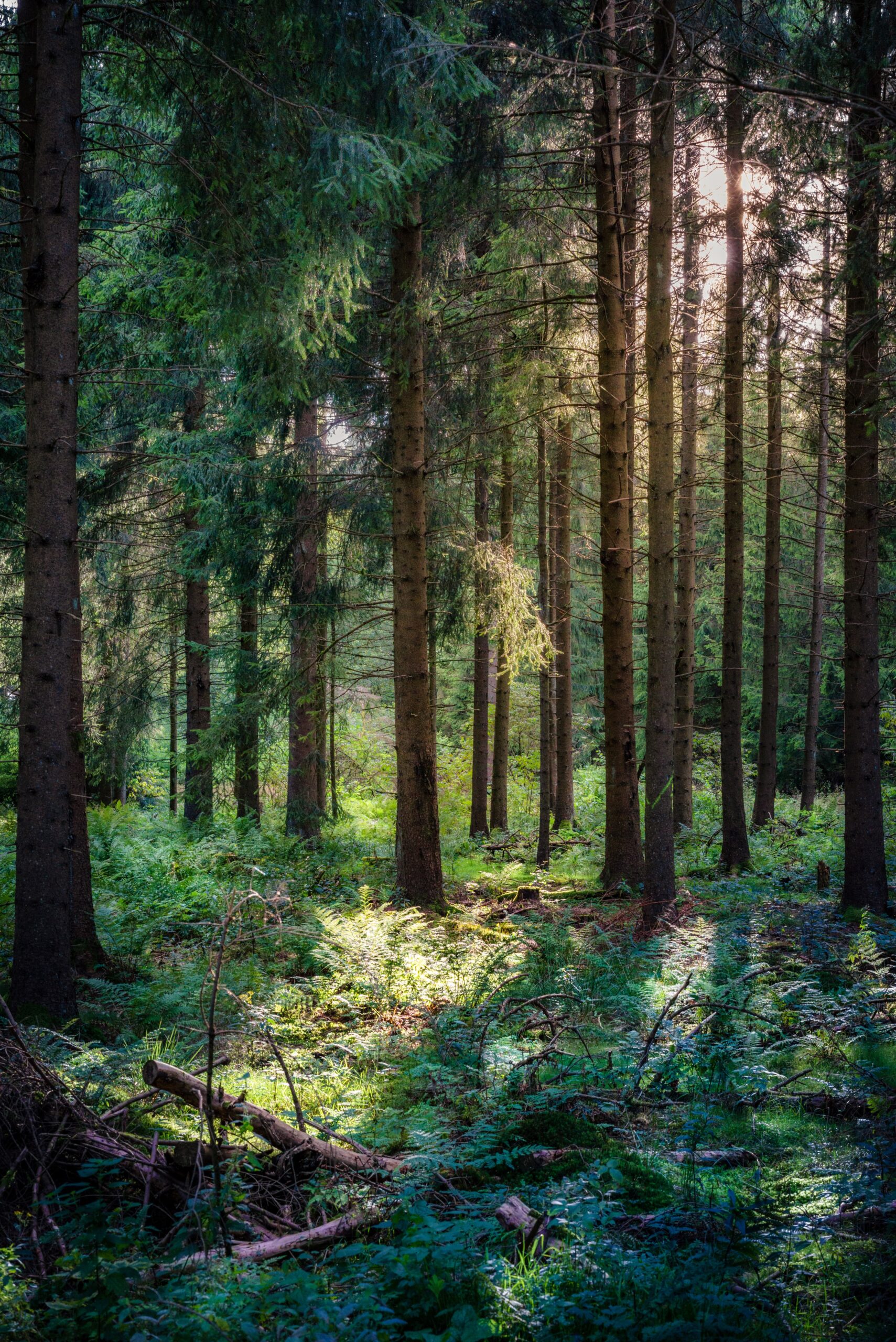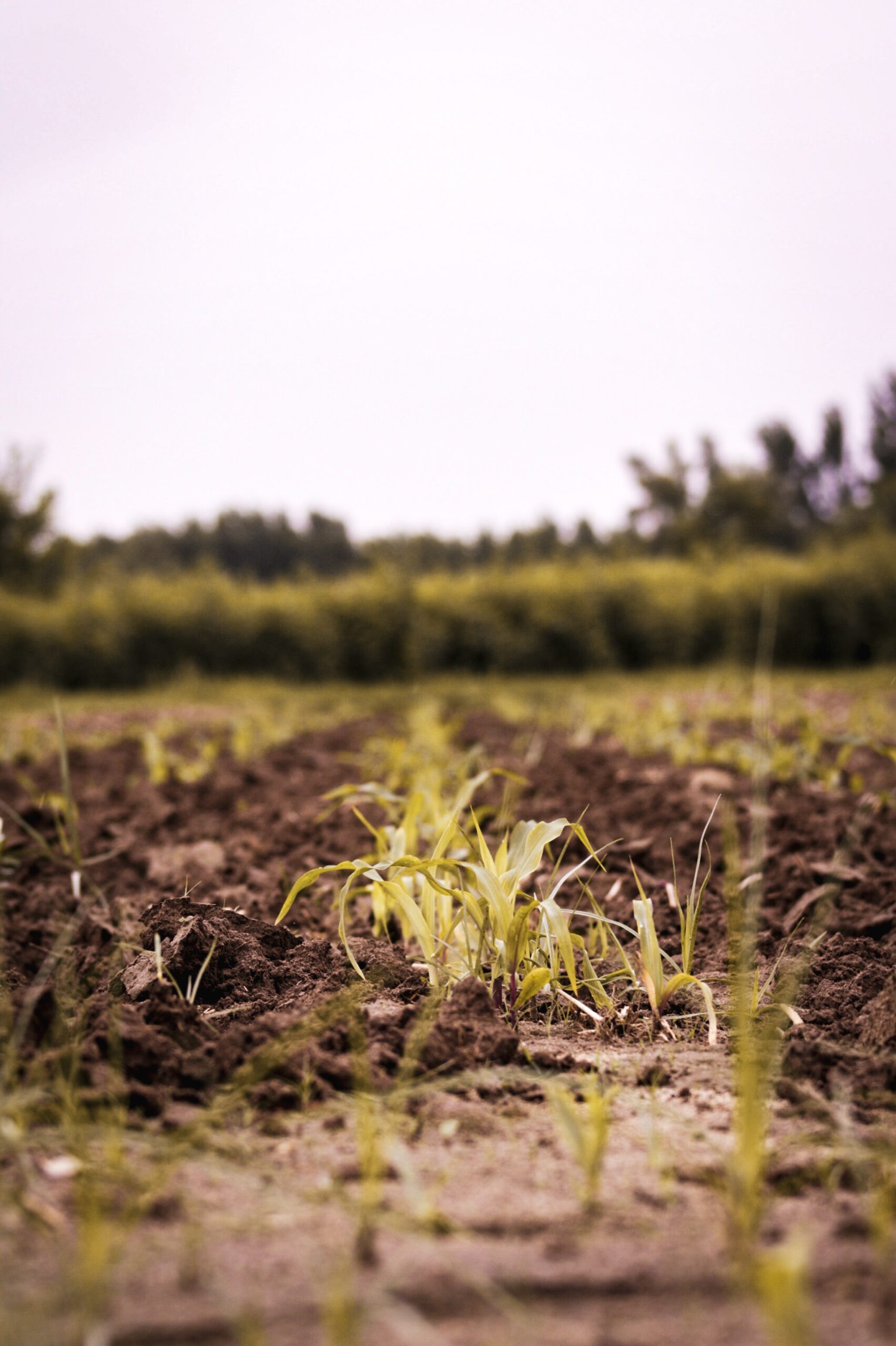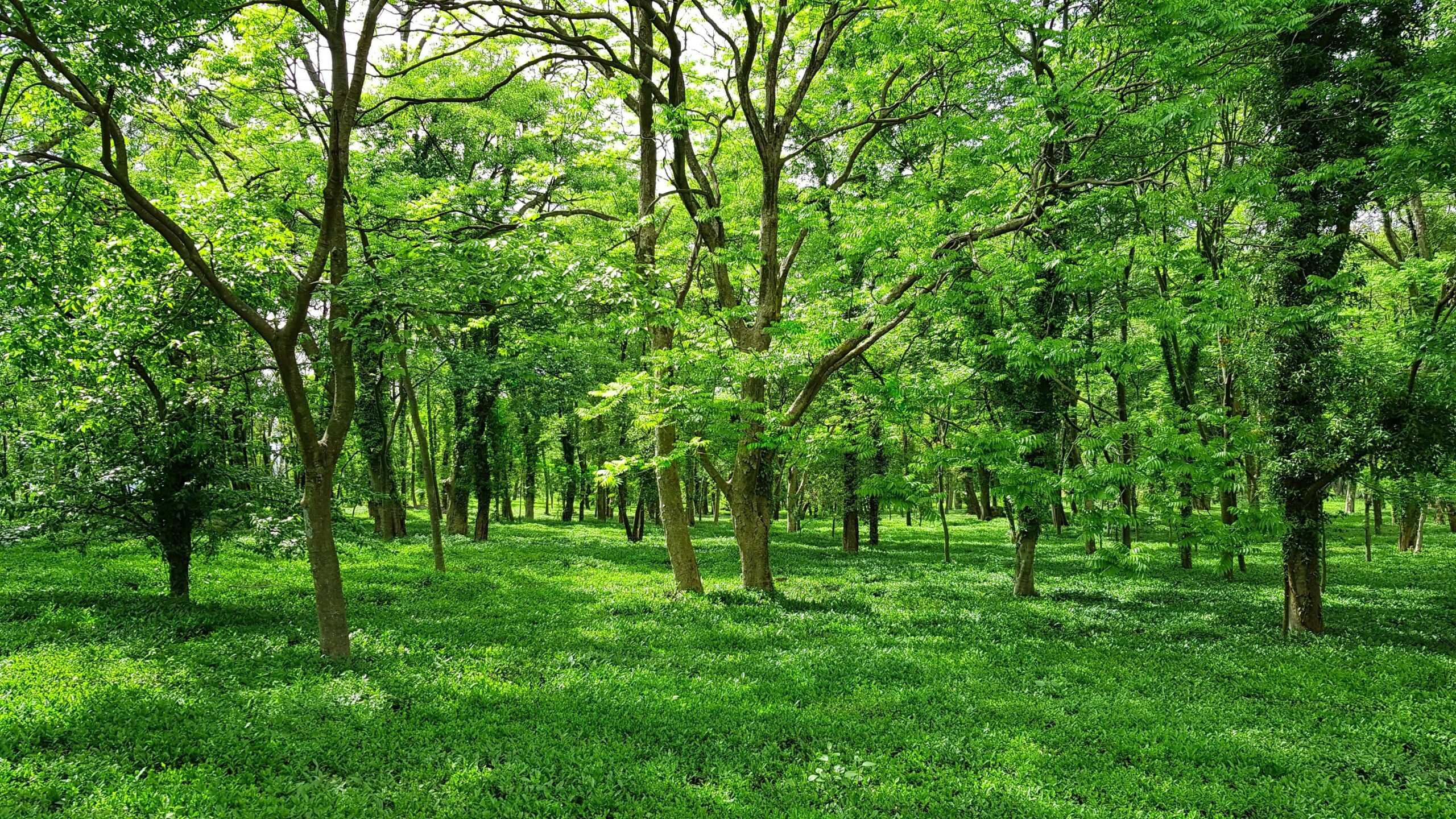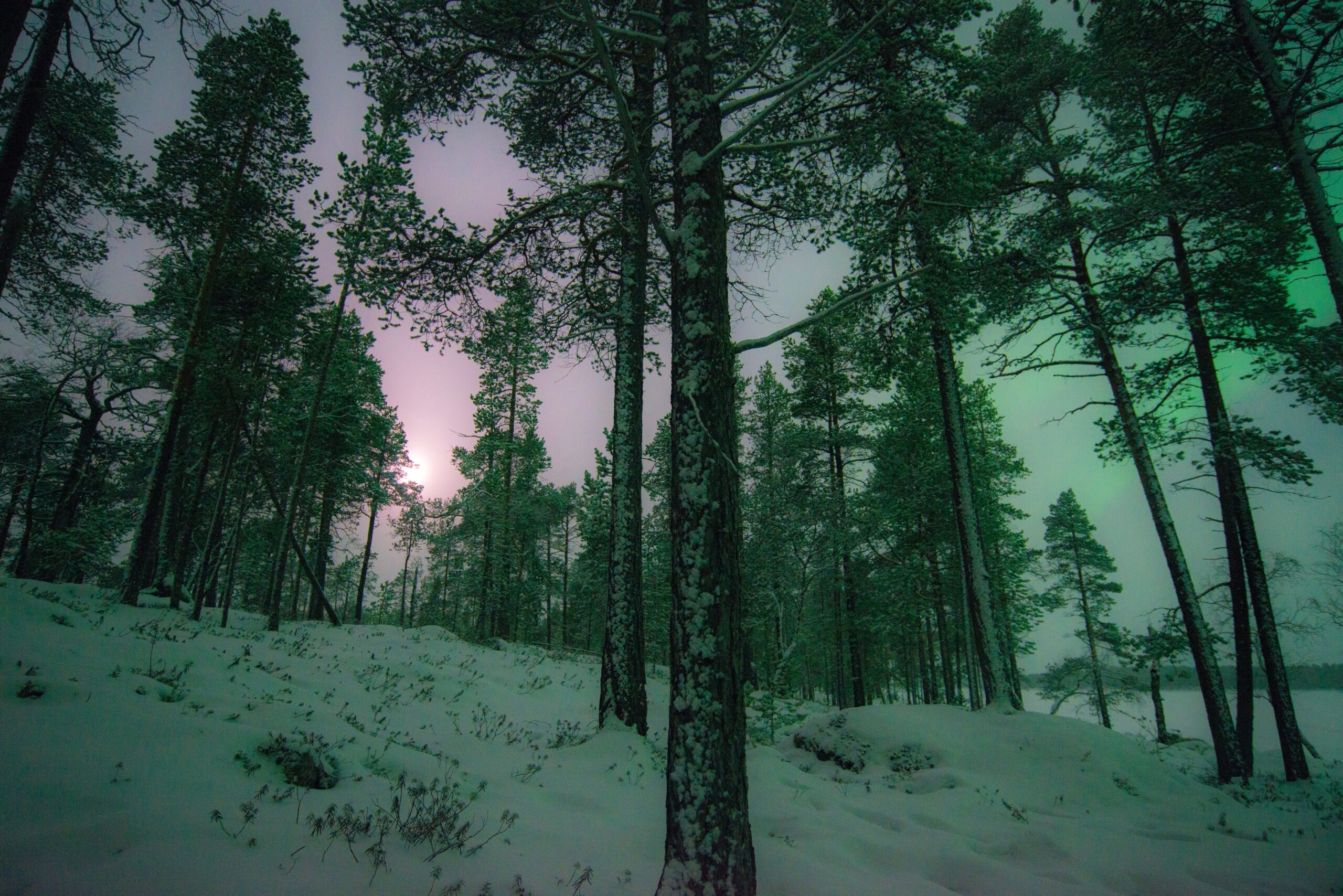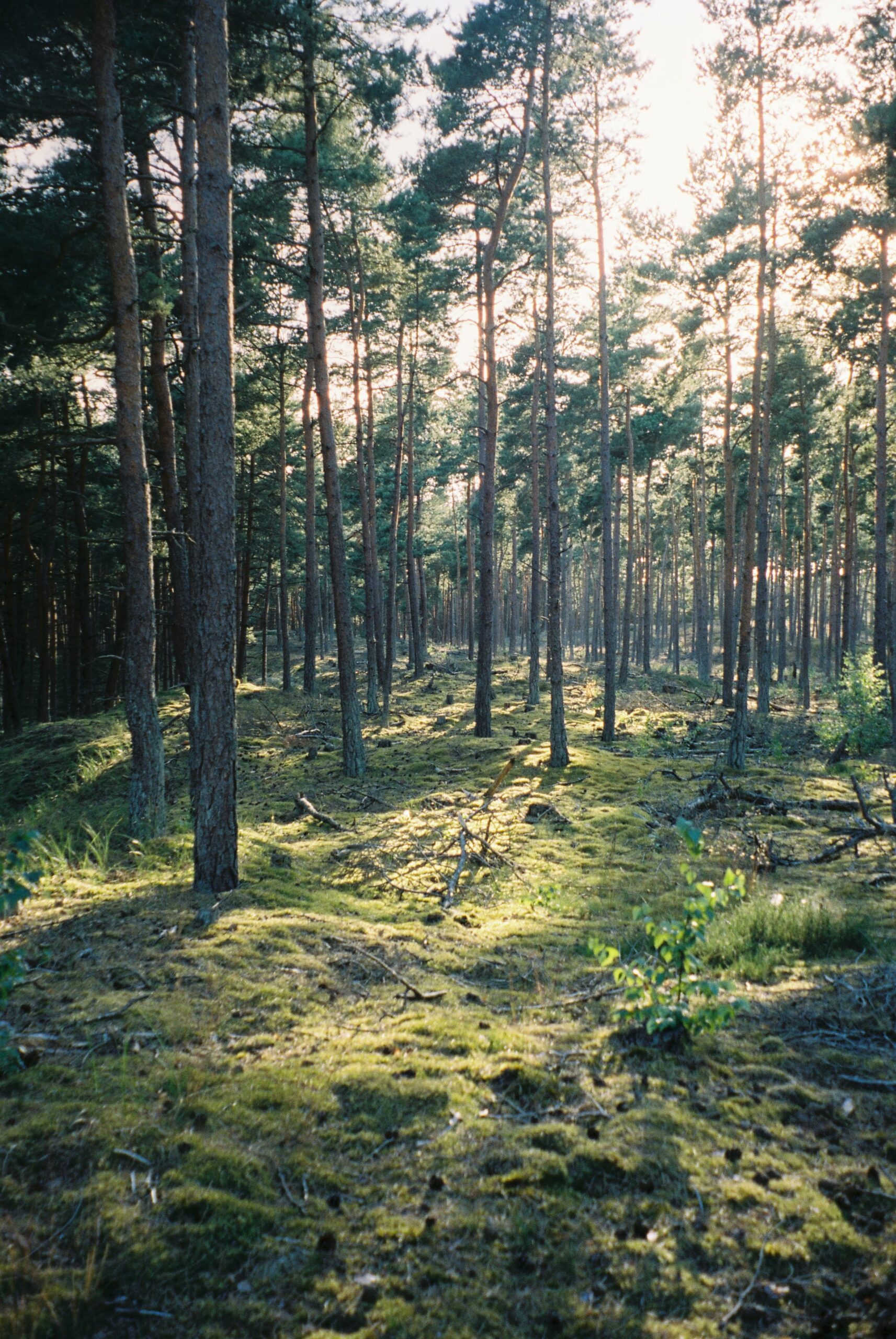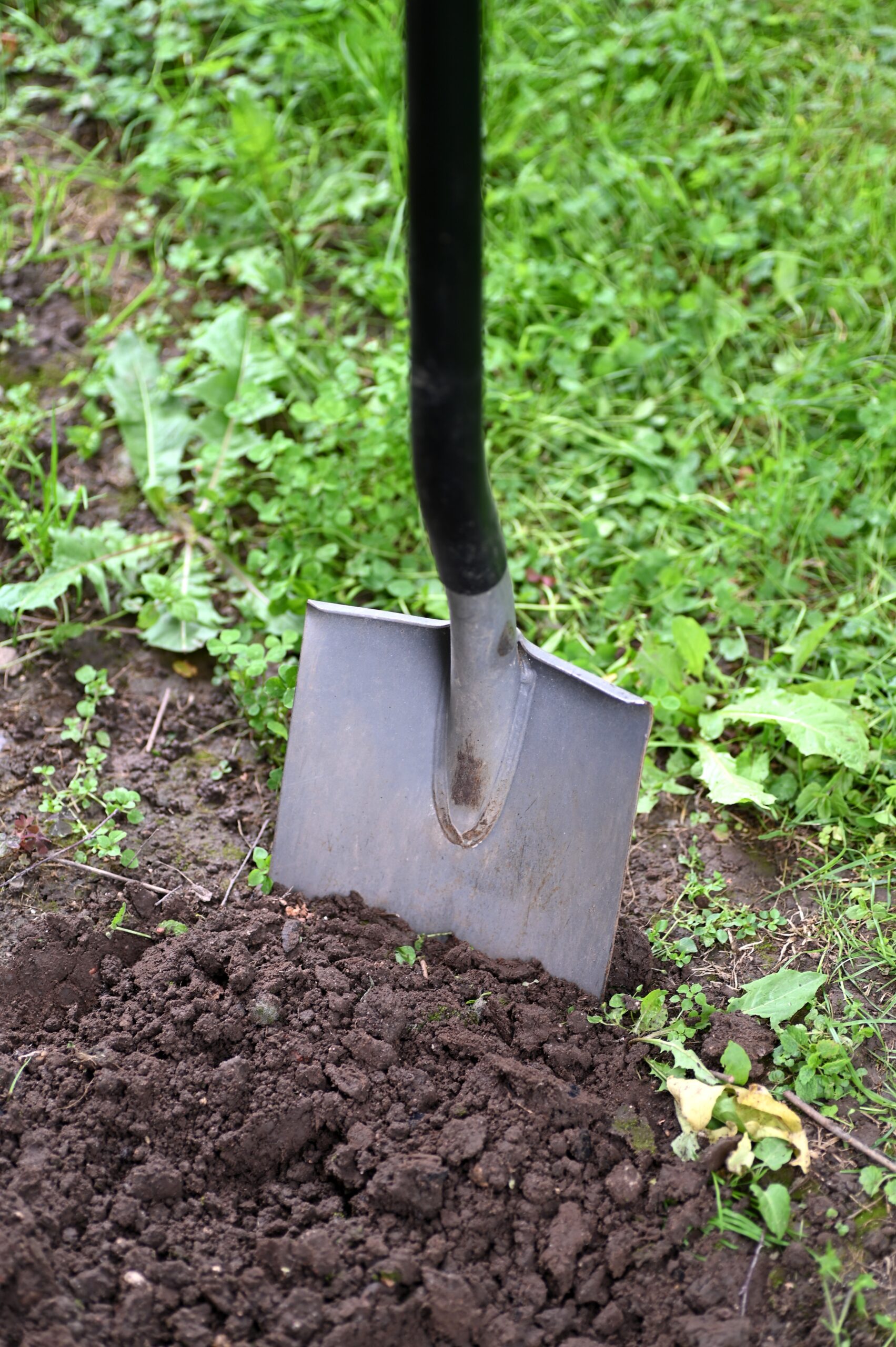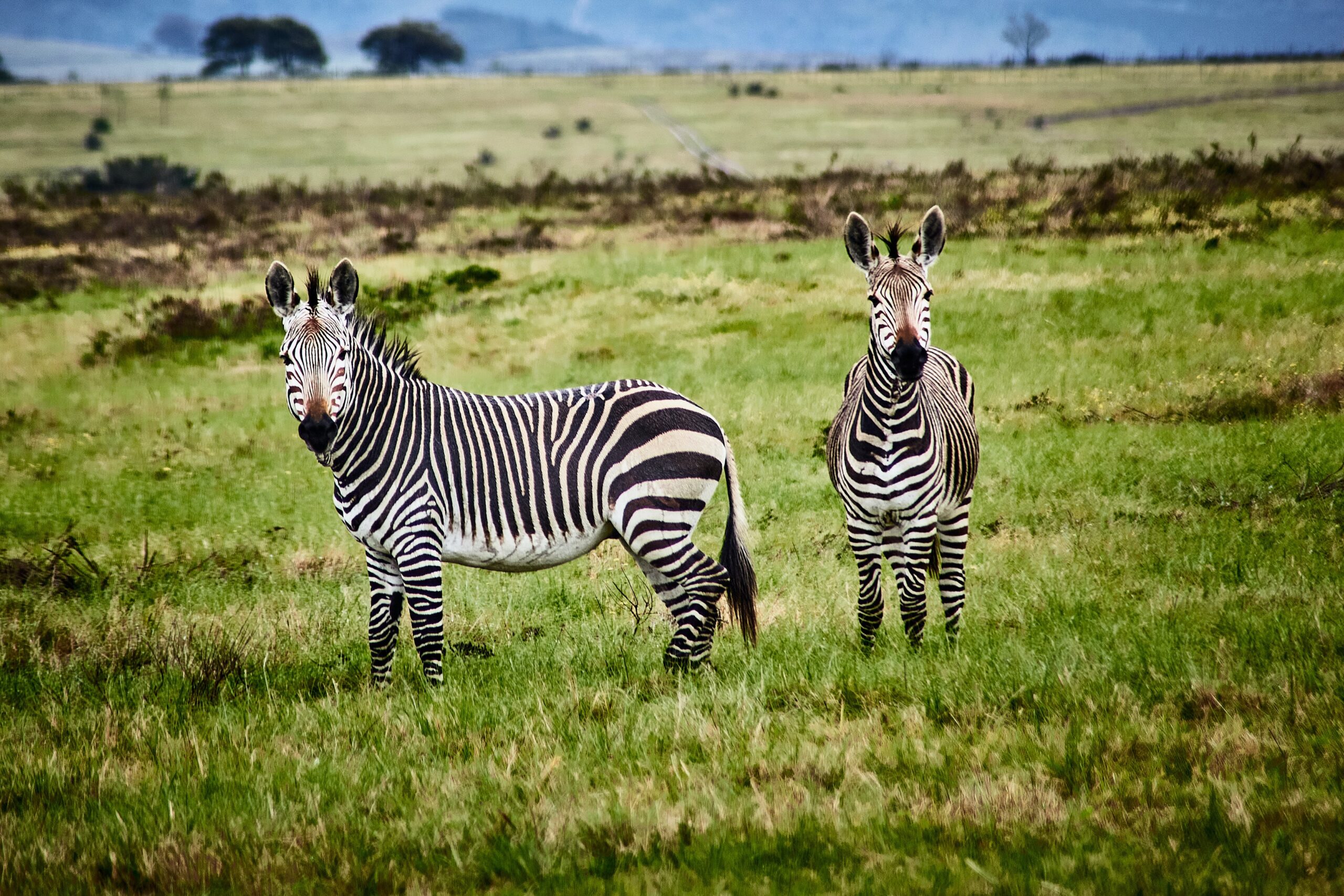Global biodiversity loss is a critical environmental crisis, yet the lack of spatial data on biodiversity threats has hindered conservation strategies. Theory predicts that abrupt biodiversity declines are most likely to occur when habitat availability is reduced to very low levels in the landscape (10–30%). Alternatively, recent evidence indicates that biodiversity is best conserved by minimizing human intrusion into intact and relatively unfragmented landscapes. Here we use recently available forest loss data to test deforestation effects on International Union for Conservation of Nature Red List categories of extinction risk for 19,432 vertebrate species worldwide. As expected, deforestation substantially increased the odds of a species being listed as threatened, undergoing recent upgrading to a higher threat category and exhibiting declining populations. More importantly, we show that these risks were disproportionately high in relatively intact landscapes; even minimal deforestation has had severe consequences for vertebrate biodiversity. We found little support for the alternative hypothesis that forest loss is most detrimental in already fragmented landscapes. Spatial analysis revealed high-risk hot spots in Borneo, the central Amazon and the Congo Basin. In these regions, our model predicts that 121–219 species will become threatened under current rates of forest loss over the next 30 years. Given that only 17.9% of these high-risk areas are formally protected and only 8.9% have strict protection, new large-scale conservation efforts to protect intact forests are necessary to slow deforestation rates and to avert a new wave of global extinctions.
Global forest loss disproportionately erodes biodiversity in intact landscapes
Year: 2016




















































































































































































































































































































































































































































































































































































































































































































































































































































































































































































































